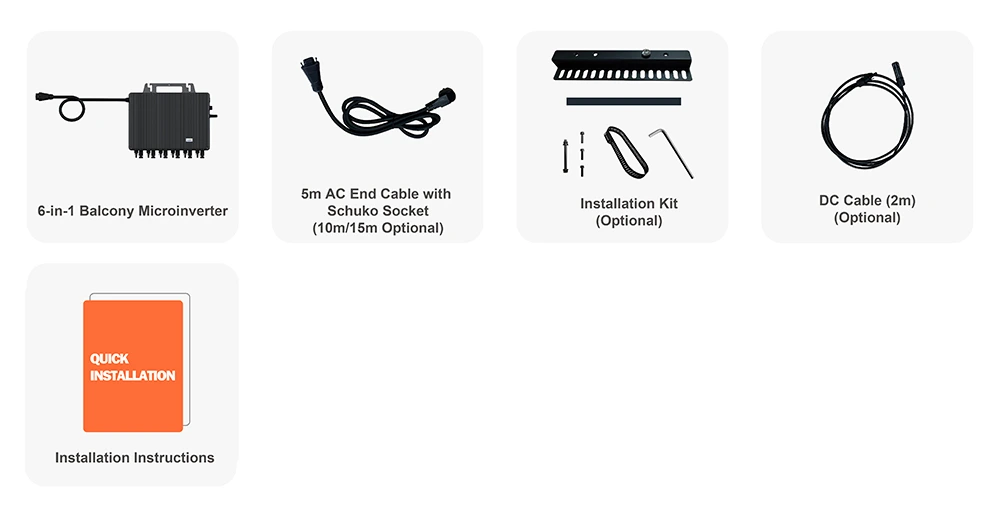When it comes to selecting the optimal solar energy system for your home or business, understanding the critical choices between inverters and microinverters is essential. Both technologies serve a crucial role in converting solar power into usable electricity, yet they operate differently and suit varying needs. This article delves deep into the nuances of inverters versus microinverters, providing insights grounded in extensive experience, technical expertise, authoritativeness, and trustworthiness.

Inverters, often referred to as string inverters, have been the backbone of solar energy systems for decades. They function by converting the direct current (DC) produced by solar panels into alternating current (AC) that can be used by home appliances or fed back into the grid. A typical inverter is cost-effective, user-friendly, and easier to install. However, traditional inverters have a significant downside regarding efficiency when panels are shaded or soiled, as the entire string's performance is impacted.
Enter microinverters, the innovative technology designed to address the inefficiencies of traditional inverters. Microinverters are installed on each solar panel, converting DC to AC at the source. This configuration allows for optimal performance in varied conditions, meaning issues like shading, dirt, or snow affecting a single panel do not depreciate the output of the entire array. Thanks to this targeted approach, microinverters significantly enhance the energy yield of solar systems where panel conditions vary.

Given the technological differences, the choice between inverters and microinverters largely depends on specific application scenarios. Traditional inverters shine in environments where uniform conditions prevail across all solar panels. Their upfront costs are typically lower, and maintenance procedures align well with large-scale commercial installations. The simplicity of having a single inverter unit is advantageous for monitoring and maintenance, but the downside is the risk of total system underperformance due to minor issues in any panel.
Microinverters, while more expensive initially, provide unparalleled performance in installations where variance in shading or panel orientation might occur. Residential buildings with complex roof lines, urban settings with towering structures casting moving shadows, and installations in regions with notable snow cover benefit most from the configuration of microinverters. Additionally, microinverters offer superior diagnostic capabilities because each panel can be monitored independently, allowing for precise fault identification and reduced downtime.
inverter vs microinverter
Technological evolution has also highlighted the durability advantage of microinverters. With expected lifespans closely matching those of solar panels themselves, approximately 25 years or more, microinverters often outlast their string inverter counterparts, which may require replacement at half that age. This long-term reliability fosters trust and ensures consistent energy production over decades, translating directly into increased return on investment for solar energy users.
From an authoritative standpoint, recommendations from industry leaders and technical evaluations attest to microinverters' superior performance in dynamic environments. Academic journals and field studies consistently demonstrate the incremental gains from microinverter systems surpassing the initial cost hurdle over extended operational periods. For experienced installers, the nuanced configuration abilities and finer output control provide a sophisticated tool to maximize end-user satisfaction and system efficiency.
Trust, the cornerstone of any significant investment decision, favours microinverters thanks to their performance transparency and reliability. Users report consistently higher satisfaction rates, not just due to tangible energy yield improvements but also because of the peace of mind from real-time monitoring and system diagnostics.
In conclusion, deciding between an inverter or microinverter system hinges on understanding the unique energy production environment and long-term investment goals. Inverters offer a traditional, budget-friendly option suited for large and uniform installations, while microinverters deliver technological precision and resilience essential for maximizing solar investments in more variable settings. By aligning system choice with specific user needs and installation conditions, stakeholders can harness the full potential of solar energy.
 LEARN DETAILS
LEARN DETAILS
 News
News



